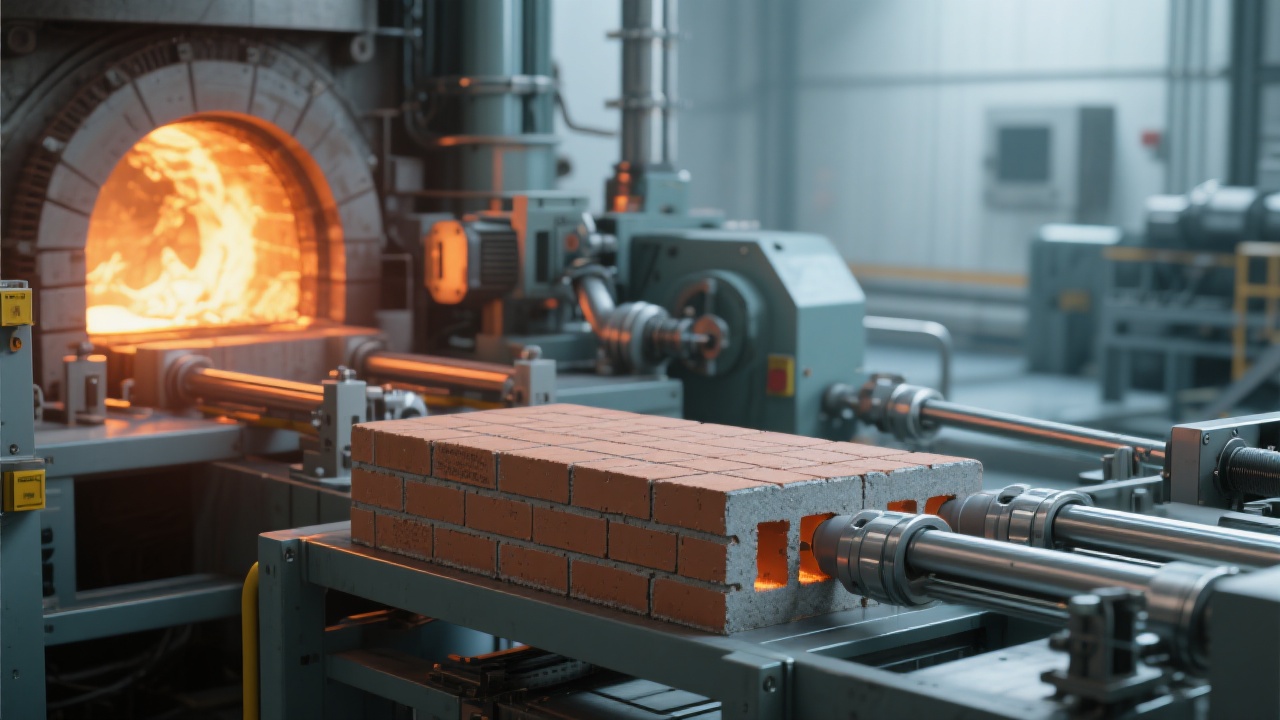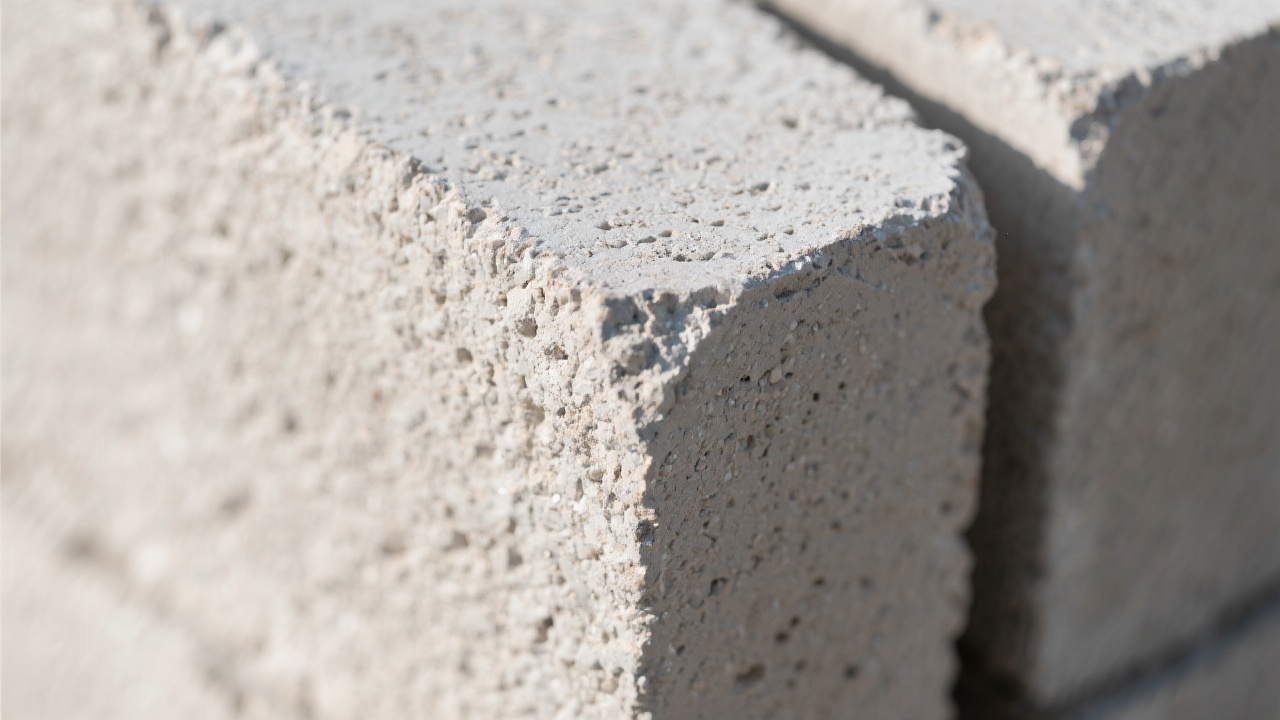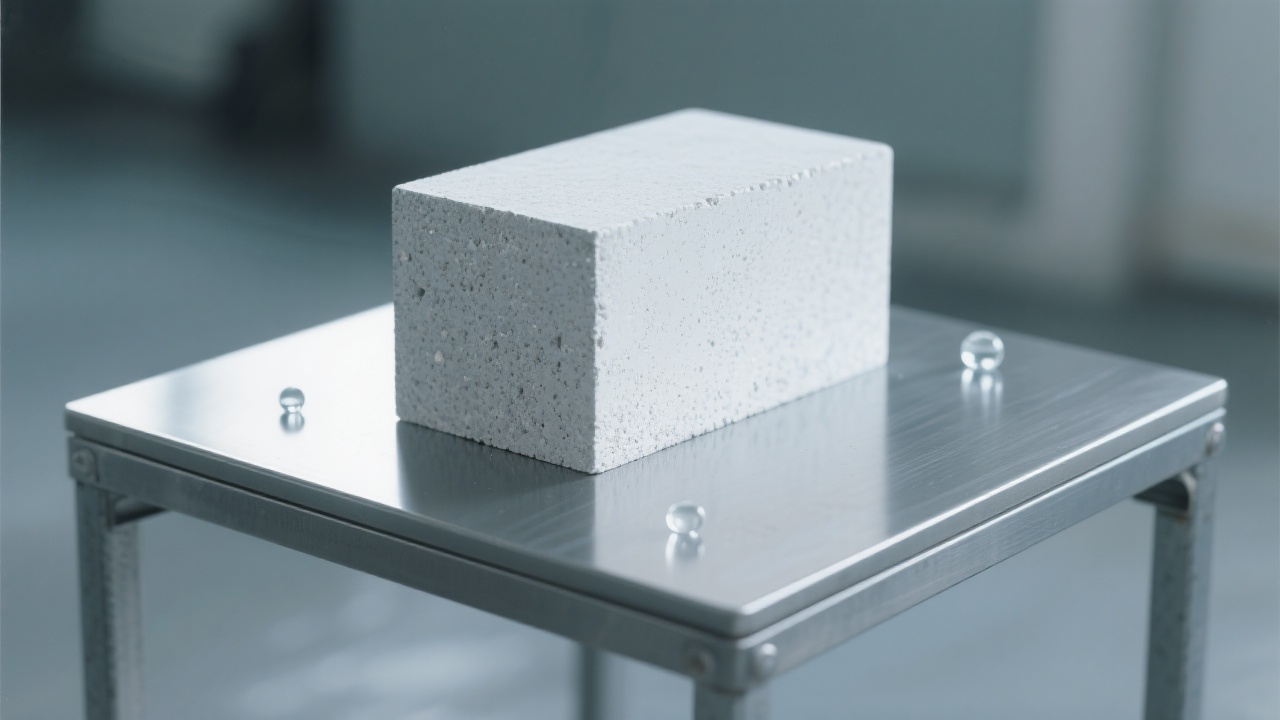
Cordierite is a popular material for high - temperature kiln furniture due to its unique physical properties. It has a low coefficient of thermal expansion, typically around 1.5 - 2.5×10⁻⁶ /°C in the temperature range of 20 - 1000°C. This low expansion rate gives cordierite excellent thermal shock resistance. In comparison, materials like alumina may have a coefficient of thermal expansion of about 7 - 8×10⁻⁶ /°C in the same temperature range. The low expansion of cordierite means that it can withstand rapid temperature changes without significant internal stress build - up, which is crucial in preventing thermal shock damage.

During the heat - treatment process, kiln furniture is subjected to repeated cycles of heating and cooling. These extreme temperature changes can cause material fatigue. According to industry research, after about 100 - 200 heating - cooling cycles, micro - cracks may start to form in the kiln furniture. When the temperature changes rapidly, the outer layer of the kiln furniture expands or contracts faster than the inner layer, creating internal stress. Once the stress exceeds the material's strength, cracks begin to develop. For example, in a ceramic heat - treatment process with a rapid heating rate of 200°C per hour, the risk of crack formation is significantly higher compared to a slower heating rate of 50°C per hour.
"The key to preventing thermal shock damage lies in understanding the stress distribution within the kiln furniture during temperature changes," says an industry expert.
Regular inspection is essential for the maintenance of high - temperature kiln furniture. Visual inspection should be carried out at least once a week. Look for signs of cracks, surface damage, or deformation. Ultrasonic testing can also be used every 3 - 6 months to detect internal defects. When it comes to cleaning, use a soft brush or compressed air to remove dust and debris after each heat - treatment cycle. This helps to prevent the accumulation of foreign substances that could affect the kiln furniture's performance.

To prevent thermal shock damage, it is recommended to control the heating and cooling rates. A slow heating rate of 30 - 60°C per hour and a cooling rate of 20 - 40°C per hour can significantly reduce the risk of stress build - up. Additionally, pre - heating the kiln furniture before use can also help to minimize the temperature difference. For example, pre - heating the cordierite kiln furniture to 200 - 300°C before placing it in the high - temperature kiln can effectively reduce the initial thermal shock.
In the ceramic heat - treatment process, which usually operates at relatively lower temperatures (around 1000 - 1300°C), cordierite kiln furniture with a lower density can be used. In the metal heat - treatment process, which often requires higher temperatures (up to 1500 - 1800°C), a more heat - resistant grade of cordierite or a combination of cordierite with other high - temperature materials may be necessary. For composite materials, the heat - treatment requirements vary widely, and customized solutions need to be developed based on the specific composition and properties of the composites.

By following these maintenance and optimization strategies, users can effectively prevent thermal shock damage to their high - temperature kiln furniture, extend its service life, and ensure the continuity and quality of the heat - treatment process. Do you have any experience with high - temperature kiln furniture maintenance? Share your thoughts in the comments below, and we'll send you 3 case studies of successful heat - treatment kiln furniture maintenance.
Learn More About High - Temperature Kiln Furniture Maintenance

